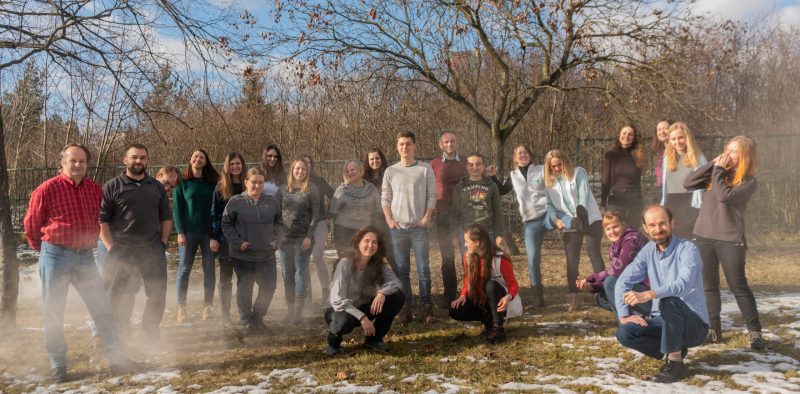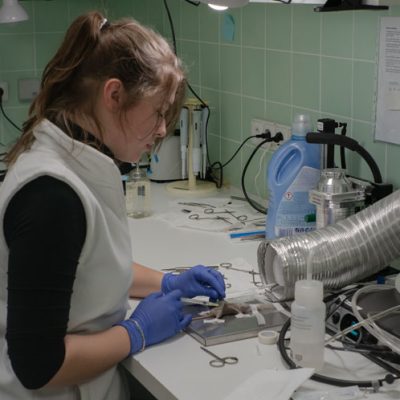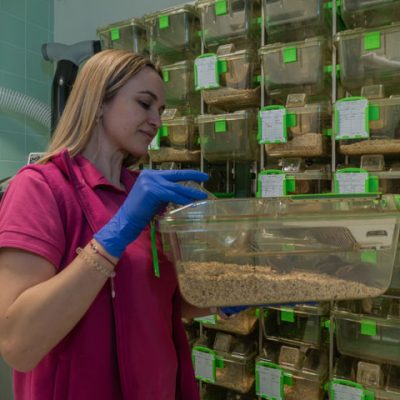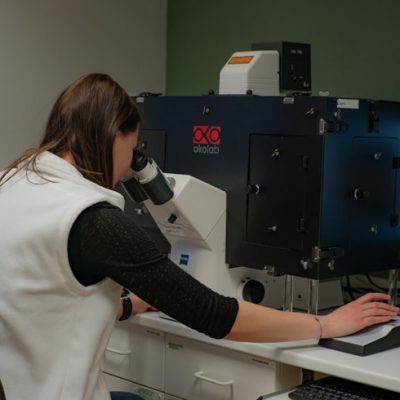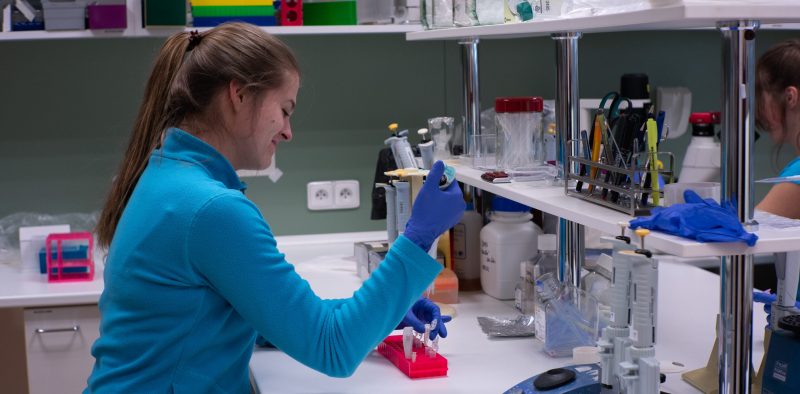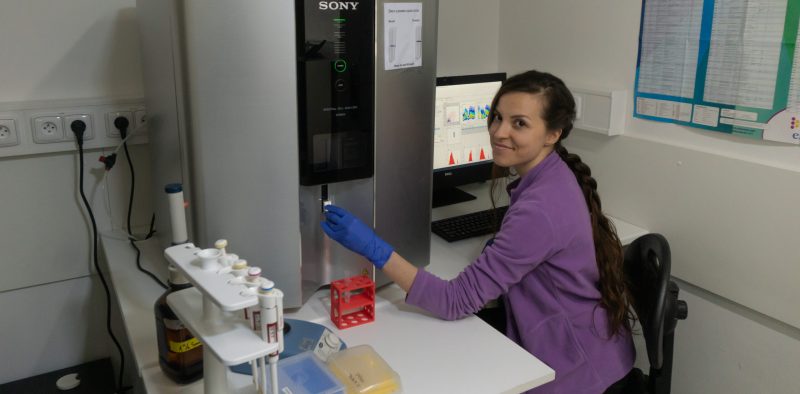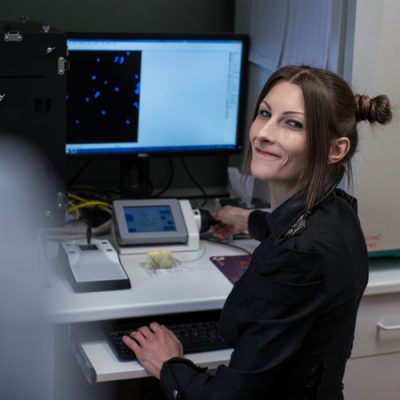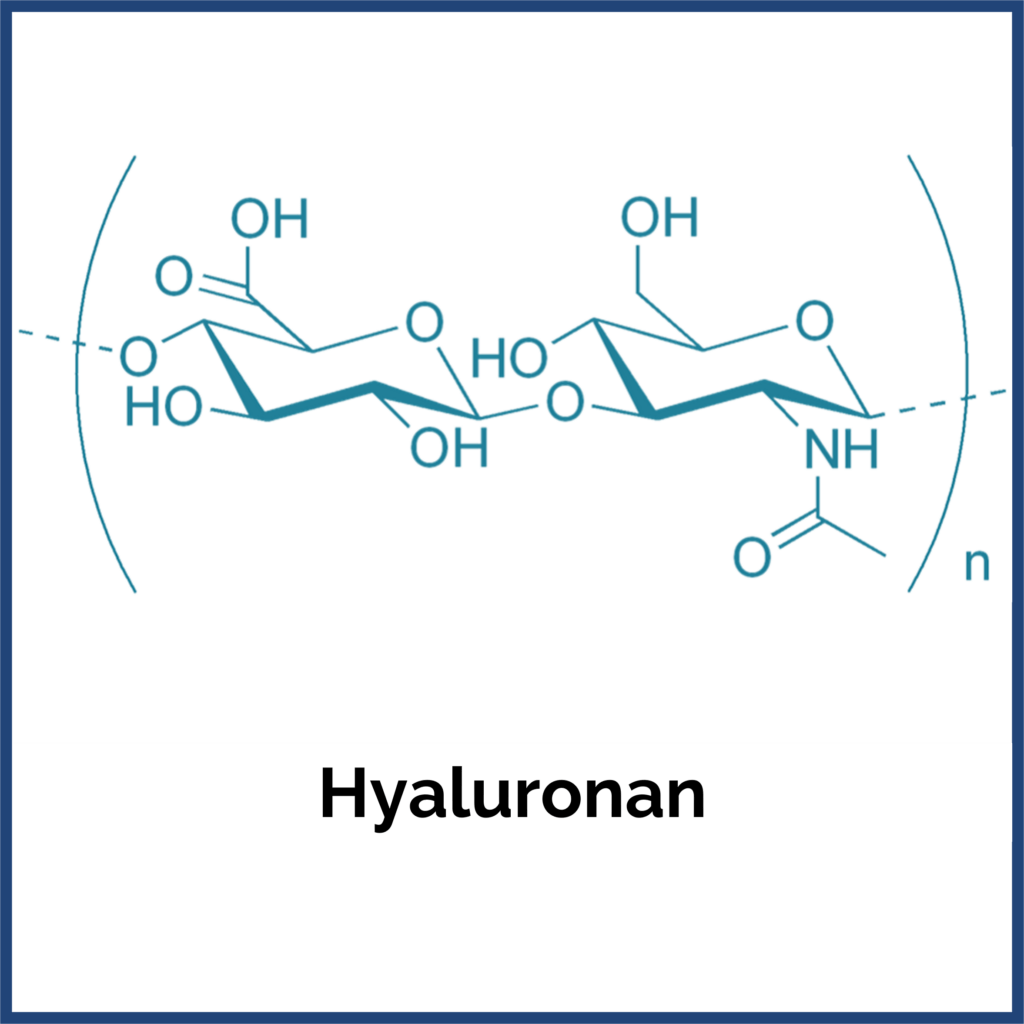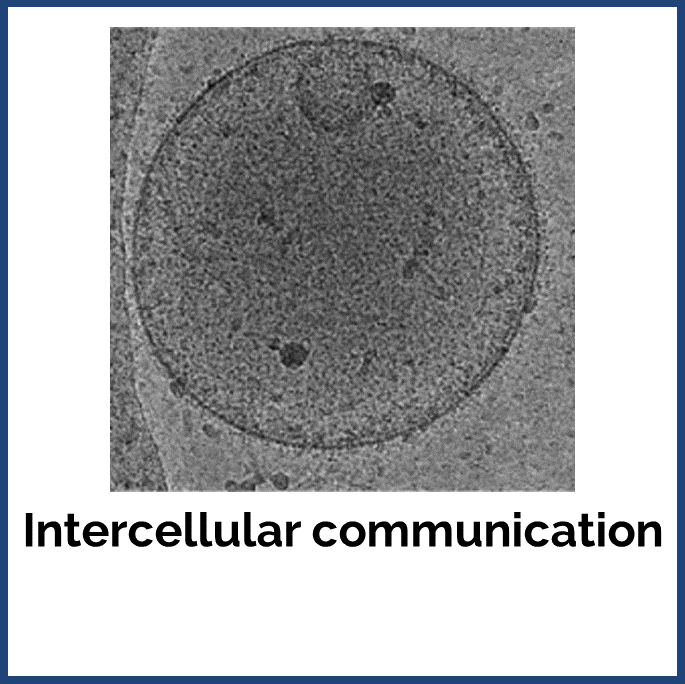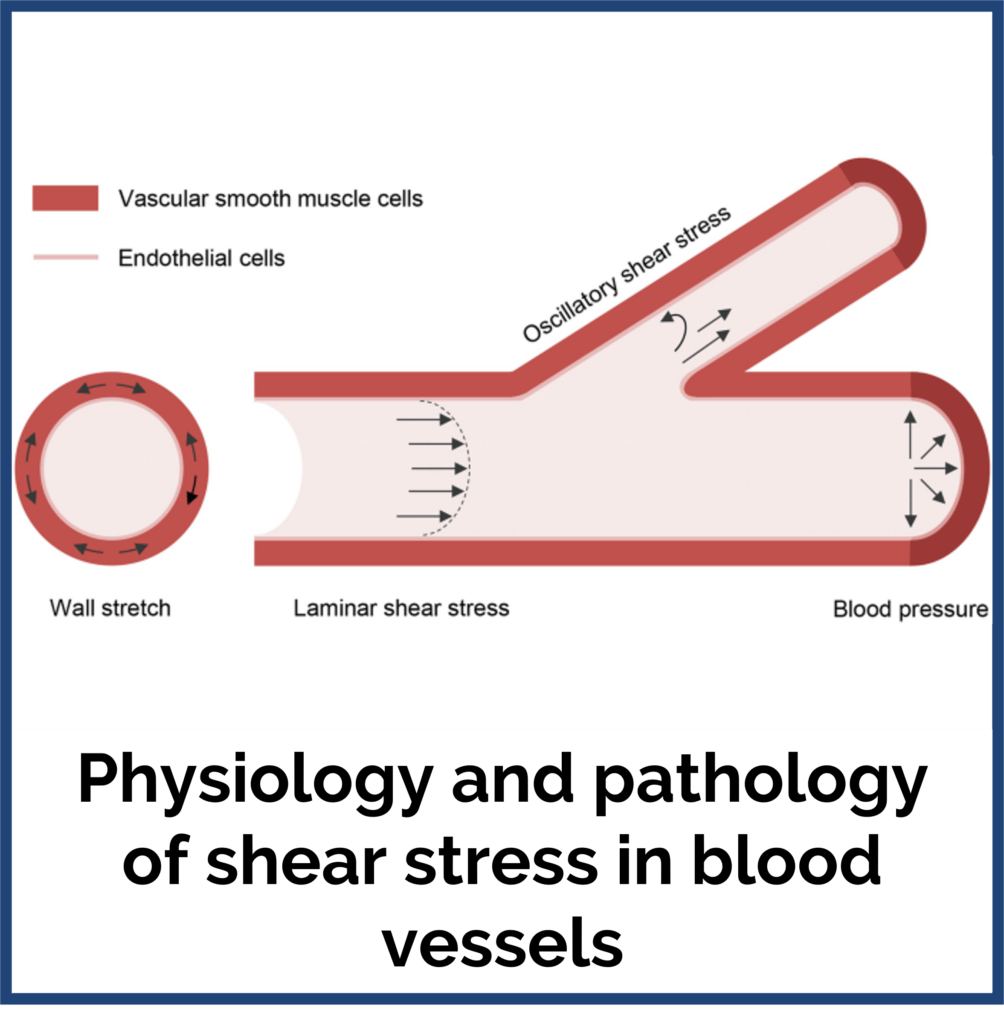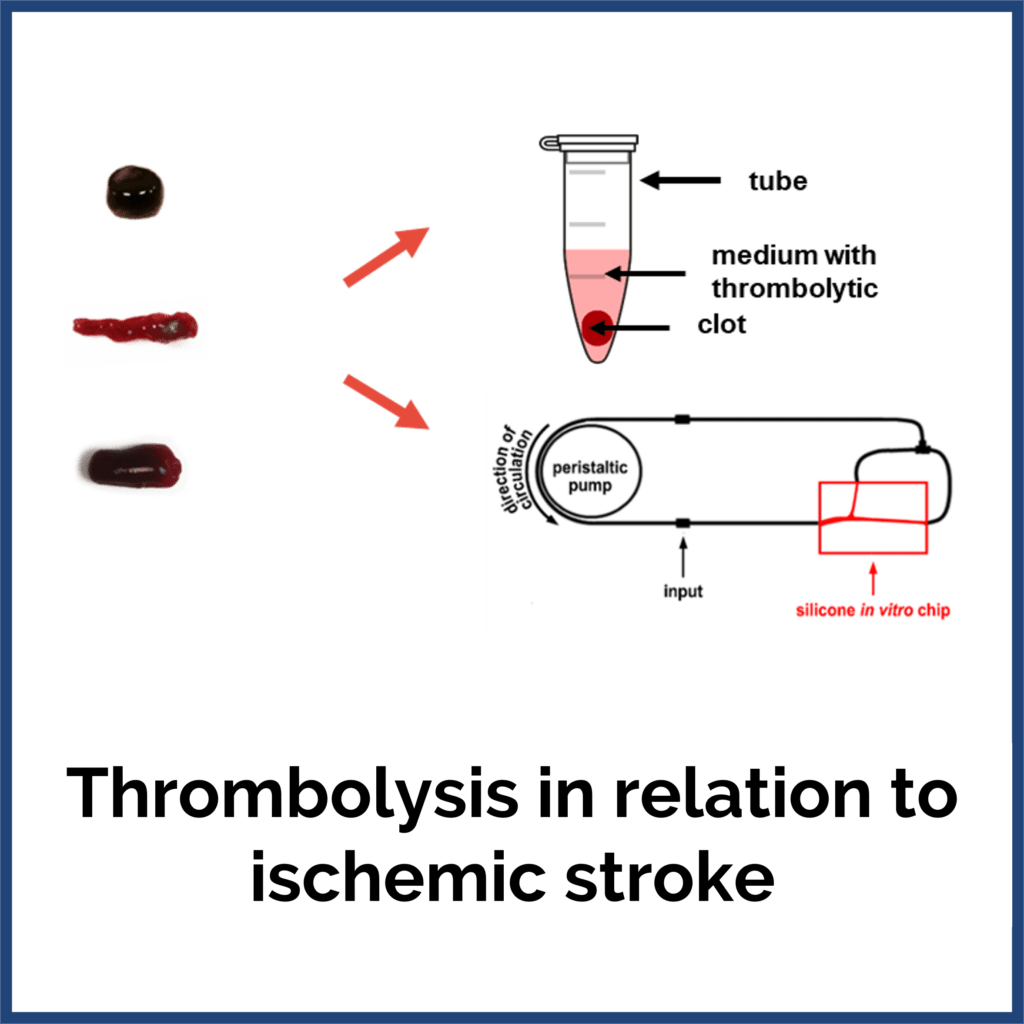About
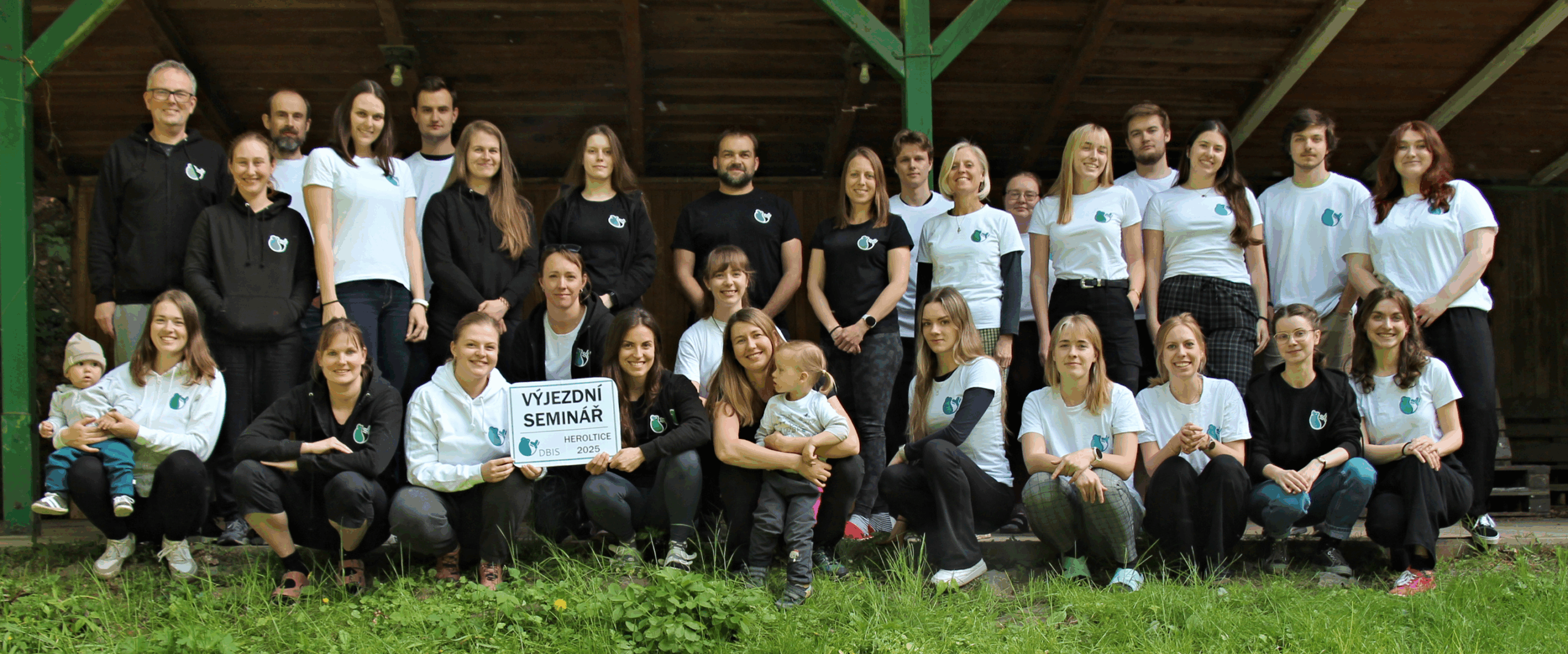
The Department of Biophysics of Immune System (DBIS) under Biophysics of the Czech Academy of Science (IBP CAS) is focused on the evaluation of molecular mechanisms responsible for the pathological deregulation of the immune system response, including inflammation, infection and tissue injury.
Deregulation of immune response is the underlying cause precipitating the development of a wide range of pathologies such as cardiovascular diseases, inflammatory bowel disease, rheumatoid arthritis, and many others. Therefore, improving understanding of the molecular mechanisms involved in the development of these pathological processes and the effects of external factors that cause deregulation of these mechanisms will lead to development of new therapeutic strategies to treat these maladies.
Research
Last news
Last news
- Annual meeting of the Czech Society for Extracellular Vesicles (CzeSEV) in Biocev 2025 28. 11. 2025
- Ph.D. defence of Radim Jaroušek and Martin Šindelář 19. 10. 2025
- 13th International Conference Analytical Cytometry 19. 10. 2025
- TOXCON – 30th Interdisciplinary Toxicology Conference 1. 10. 2025
- Ph.D. defence of Danča Rubanová 2. 9. 2025
Gallery

